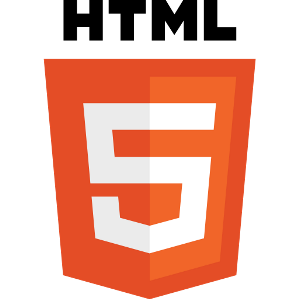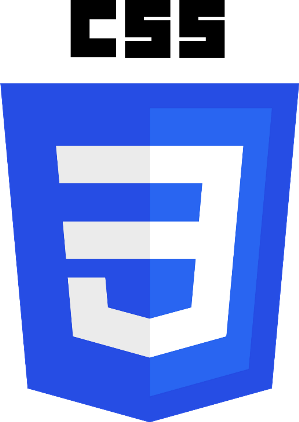Introduction to HTML

At its heart, HTML is a fairly simple language made up of elements, which can be applied to pieces of text to give them different meaning in a document (Is it a paragraph? Is it a bulleted list? Is it part of a table?), structure a document into logical sections (Does it have a header? Three columns of content? A navigation menu?), and embed content such as images and videos into a page. This module will introduce the first two of these and introduce fundamental concepts and syntax you need to know to understand HTML.
Let's get started with W3schools tutorial.
How to create a HTML page.
Introduction to CSS

Once you understand the fundamentals of HTML, we recommend that you learn HTML and CSS at the same time, moving back and forth between the two topics. This is because HTML is far more interesting and much more fun to learn when you apply CSS, and you can't really learn CSS without knowing HTML.
CSS or Cascading Stylesheets — is the first technology you should start learning after HTML. While HTML is used to define the structure and semantics of your content, CSS is used to style it and lay it out. For example, you can use CSS to alter the font, color, size, and spacing of your content, split it into multiple columns, or add animations and other decorative features.

